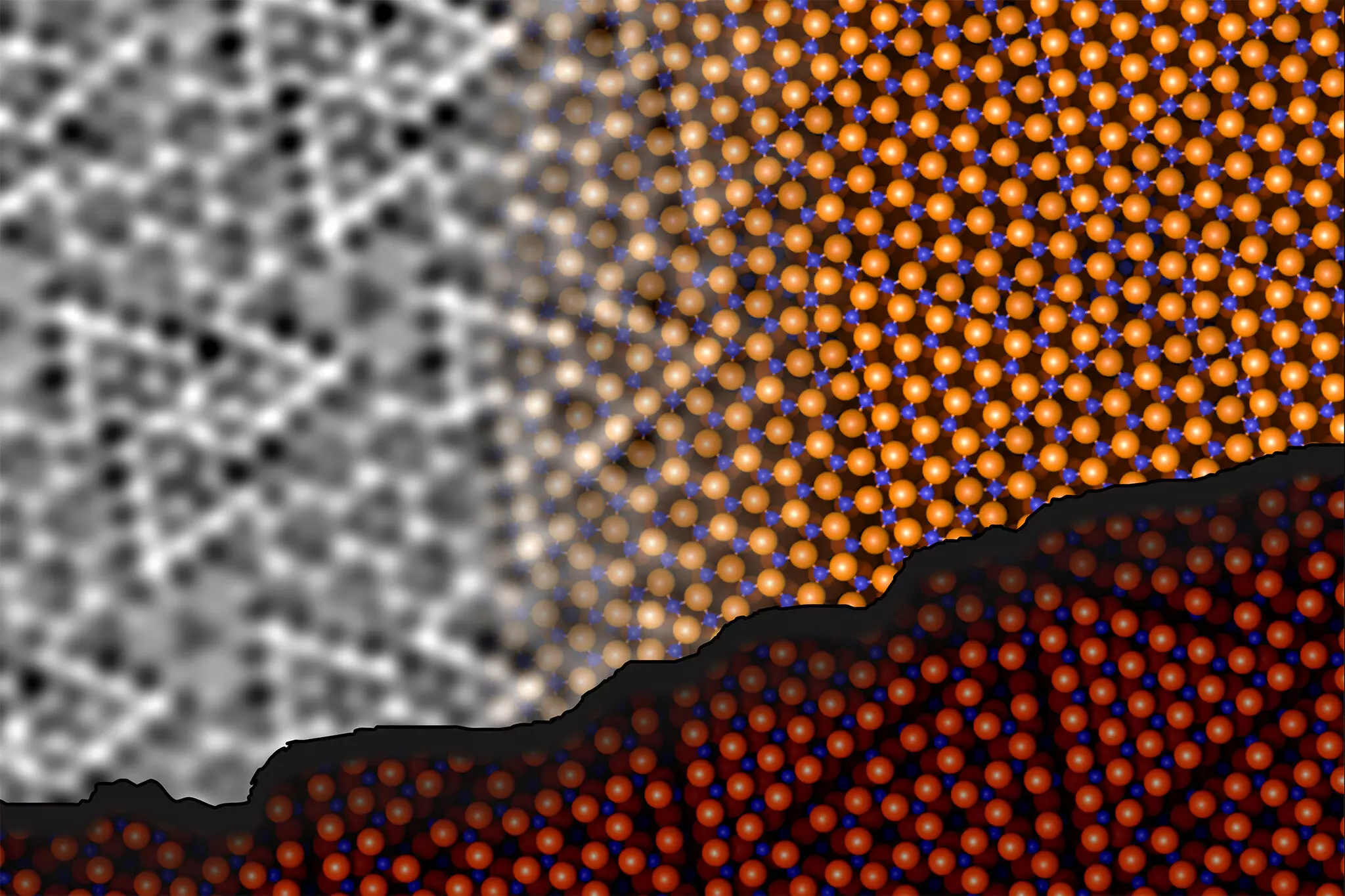Aluminum oxide (Al2O3) stands as a cornerstone in the realm of materials science, earning various titles such as alumina, corundum, sapphire, and ruby. Known primarily for its remarkable insulating properties, aluminum oxide has established itself as a vital component in numerous applications, ranging from electronic components to catalytic support materials and chemically resistant ceramics. Its inherent natures have spurred extensive research aimed at understanding its chemical behaviors, especially at the atomic level. The key to unlocking the potential of aluminum oxide lies in the mastery of its surface atom arrangements—a factor that has long been mired in complexity.
Delving deeper into surface chemistry exposes the stark contrast between the internal atomic arrangement of aluminum oxide and its surface architecture. While the atoms within maintain an ordered crystalline structure, the surface exhibits a level of disorder that complicates understanding the chemical reactions taking place, particularly in catalytic functions. This conundrum has remained unresolved for decades, characterized as one of the “three mysteries of surface science” since 1997. Innovative research from TU Wien and the University of Vienna has now shed light on this intricate puzzle, revealing not only the elusive surface structure but also demonstrating advanced methodologies that push the envelope of material analysis.
A pivotal part of the recent breakthroughs involved the utilization of noncontact atomic force microscopy (ncAFM). This innovative technique allows researchers to generate detailed images of the surface without making direct contact. By employing a quartz tuning fork with a sharp tip, scientists can detect changes in frequency as the tip interacts with surface atoms, revealing their spatial arrangement. However, one significant limitation was the inability to discern between types of atoms based on their chemical identities.
In a stroke of ingenuity, researchers led by Johanna Hütner made groundbreaking advancements by attaching an oxygen atom to the tip of the ncAFM. This approach enabled the differentiation between oxygen and aluminum atoms on the surface, thanks to their respective repulsive and attractive properties. Hütner explains, “Mapping the local repulsion or attraction enabled us to visualize the chemical identity of each surface atom directly.” This development offered a clearer picture of how the surface atoms are organized and how they interact with one another, thereby advancing the fundamental understanding of aluminum oxide.
The researchers made several intriguing discoveries concerning the surface rearrangement of aluminum oxide. Contrary to previous assumptions, they found that the aluminum atoms at the surface can penetrate into the material, forming chemical bonds with oxygen atoms located deeper within the structure. This atomic movement leads to a reduction in energy and promotes stabilization of the structure, breaking the long-held belief that such atomic layers remained static.
Their findings not only revealed the stabilization mechanism but also demonstrated that the numerical ratio of aluminum to oxygen atoms remains unchanged despite these rearrangements. This revelation carries significant implications for the applications of aluminum oxide in catalysts and other materials.
Compounding the experimental successes was the incorporation of machine learning methodologies into the modeling efforts. The main hurdle involved reconciling the experimentally captured restructured surface with the complex underlying crystal structure. As Andrea Conti notes, “The structure is very complex, resulting in a vast number of possibilities for how the experimentally inaccessible atoms below the surface could be arranged.” State-of-the-art machine learning algorithms were leveraged to navigate the labyrinth of potential configurations, allowing for the creation of a stable three-dimensional model of the aluminum oxide surface.
The collaborative nature of this research signifies a turning point in the understanding of aluminum oxide and similar materials. By overcoming a persistent barrier in surface science, the study simultaneously opens new avenues in fields such as catalysis and materials engineering. Jan Balajka, who oversaw the project, states, “Our findings not only tackled a long-standing mystery but also discovered structural design principles applicable to an entire class of materials.”
The meticulous unearthing of the surface structure of aluminum oxide not only adds depth to the scientific narrative surrounding this insulating material but also lays vital groundwork for future innovations across various scientific and industrial domains. As research continues to evolve, the integration of experimental techniques with computational modeling may well unveil further secrets of materials previously deemed enigmatic.



Leave a Reply